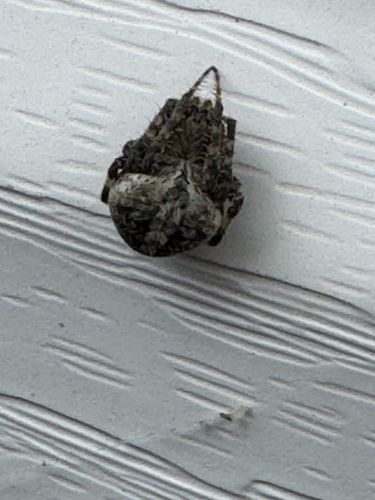Orb Weaver (likely Argiope, Argiobidae, or Neoscona species, but appearance suggests Argiope or Araneus)
Scientific Name: Araneidae (family-level identification due to image clarity; likely Argiope or Araneus species based on body shape and color patterns)
Order & Family: Order: Araneae, Family: Araneidae
Size: Body length typically ranges from 5 mm to 30 mm, with females being larger than males.

Natural Habitat
Gardens, fields, forests, and around human structures. They prefer areas with vegetation to anchor their webs.
Diet & Feeding
Mainly insects caught in their orb webs, such as flies, moths, mosquitoes, and beetles.
Behavior Patterns
Orb weavers are known for spinning elaborate, circular webs to catch prey. They are primarily nocturnal, constructing or repairing their webs at night and often resting during the day. Females are typically larger than males.
Risks & Benefits
Benefits: Effectively control insect populations, including pests. Risks: Their bite is generally harmless to humans, often described as similar to a bee sting, and typically only occurs if the spider feels threatened. They are not considered dangerous.
Identified on: 8/31/2025